How to Care for a Reticulated Python
Updated on 04/26/24
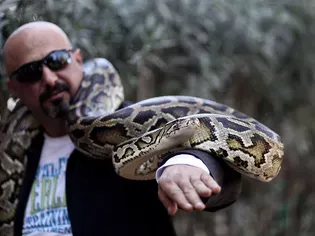
Unveiling the Enigmatic Reticulated Python: A Comprehensive Guide to Care and Husbandry
The reticulated python, renowned for its captivating beauty and impressive size, is a beloved species among reptile enthusiasts. Inhabiting the dense jungles of Southeast Asia, these magnificent creatures demand a specific set of care requirements to thrive in captivity. Embark on this comprehensive journey as we delve into the intricacies of reticulated python husbandry, empowering you with the knowledge to provide your enigmatic companion with an optimal, fulfilling life.
Chapter 1: Housing the Apex Predator
1. Enclosure Dimensions and Design:
- Juveniles: A 4ft x 2ft x 2ft enclosure is suitable for hatchlings up to 6 months of age.
- Adults: Plan for a spacious 8ft x 4ft x 4ft enclosure for adult pythons over 6 feet in length.
- Ventilation: Ample ventilation is crucial, achieved through mesh or screened top panels.
2. Temperature Gradient:
- Establish a warm zone (88-92°F) for basking, a cool zone (75-80°F) for retreat, and an in-between ambient zone.
- Utilize heat pads or radiant heat lamps for supplemental heat, ensuring the absence of direct contact to prevent burns.
3. Humidity Control:
- Reticulated pythons thrive in high humidity (70-80%).
- Provide a large water bowl and spray the enclosure with lukewarm water regularly.
- Consider a humidifier for maintaining optimal humidity levels.
4. Substrate Selection:
- Aspen shavings, cypress mulch, or coconut coir are suitable substrates.
- Keep the substrate dry and clean, removing soiled portions regularly.
Chapter 2: Nourishing the Colossal Python
1. Dietary Requirements:
- Reticulated pythons are carnivorous, primarily feeding on rodents and small mammals.
- Juveniles require feeding every 5-7 days, while adults can go longer between meals (10-14 days).
2. Prey Item Size and Frequency:
- Offer prey items slightly smaller than the diameter of your python's thickest part.
- Adjust prey size and feeding frequency as your python grows.
3. Supplementation:
- Calcium and vitamin D3 supplements are essential for bone health.
- Consult your veterinarian for recommended supplementation schedules and dosage.
Chapter 3: Maintaining Optimal Health
1. Shedding:
- Reticulated pythons shed their skin regularly, typically every 4-6 weeks.
- Provide a humid hide box to aid in shedding and prevent retained shed.
2. Health Monitoring:
- Observe your python's behavior, appetite, and overall appearance for signs of illness.
- Regular veterinary checkups are crucial for early detection and treatment of any health issues.
3. Parasite Control:
- Regular fecal examinations can detect and treat parasite infestations.
- Quarantining new animals and practicing good hygiene are effective preventive measures.
Chapter 4: Handling and Socialization
1. Handling Techniques:
- Always handle your python with care and respect.
- Support the python's body weight with both hands, avoiding sudden movements.
- Allow handling sessions to be brief and stress-free.
2. Socialization:
- Gentle and consistent handling can help socialize your reticulated python.
- Exposing them to positive experiences and avoiding negative reinforcement will encourage trust.
Chapter 5: Breeding Considerations
1. Sexual Maturity:
- Reticulated pythons reach sexual maturity between 2 and 4 years of age.
2. Breeding Season:
- Breeding typically occurs in the spring and summer months.
3. Courtship and Mating:
- Males and females engage in courtship rituals, including body alignment and tail coiling.
- Mating involves the male inserting his hemipenes into the female's cloaca.
4. Egg Laying and Incubation:
- Gravid females lay clutches of 20-100 eggs.
- Eggs are incubated at a warm temperature (88-92°F) and high humidity (80-90%) for approximately 49-60 days.
Conclusion
Caring for a reticulated python is an enriching and rewarding experience that requires dedication, knowledge, and a genuine love for these magnificent creatures. By following the comprehensive guidelines outlined in this guide, you can provide your reticulated python with an optimal, healthy, and fulfilling life, allowing you to witness the enigmatic beauty of this apex predator firsthand.
Explore More Pets
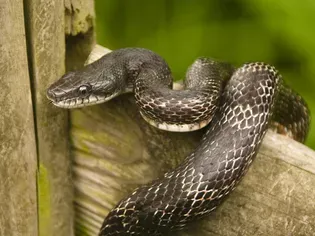
Pet Snake Species
Black Rat Snake: Species Profile

Pet Snake Species
How to Care for a Pet Corn Snake
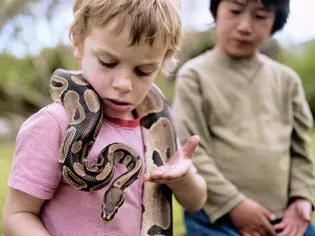
Pet Snake Species
Do Ball Pythons Make Good Pets?
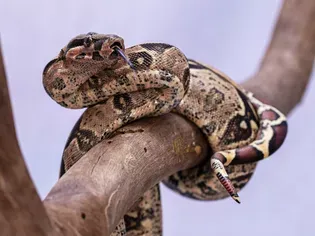
Pet Snake Species
Central American Boa Species Profile
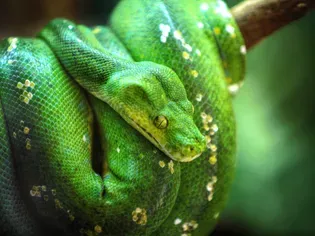
Pet Snake Species
How to Care for a Pet Green Tree Python
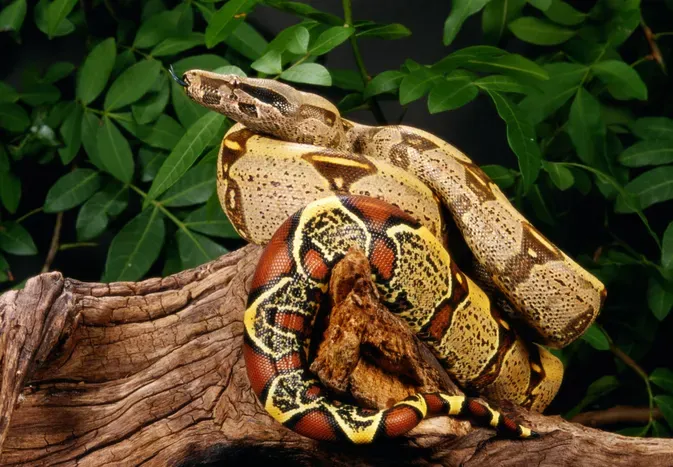
Pet Snake Species
Red Tail Boas
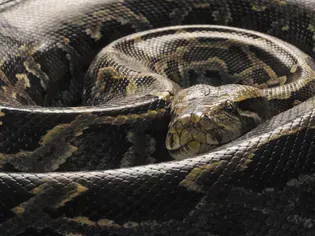
Pet Snake Species
Burmese Pythons: Species Profile
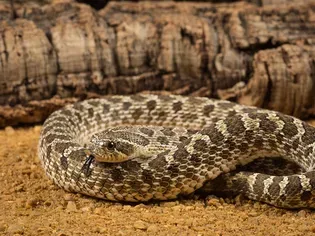
Pet Snake Species
Hognose Snake: Species Profile